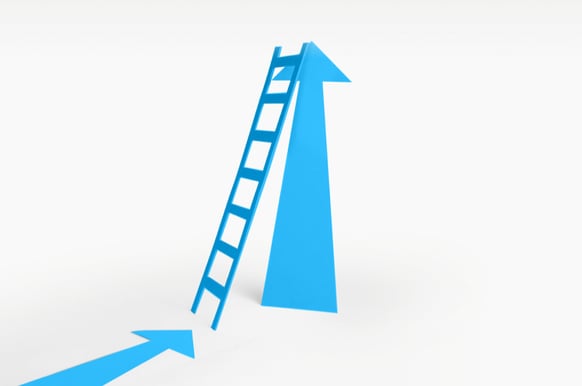Cash flow forecasting may be the most important thing you can do to improve your day-to-day business operations. Accurate cash flow planning helps you to predict your annual profits, your current and future debt levels, and what your future financial goals should be. But how do you prepare for the ebbs and flows of your business? Use cash flow forecasting.
Calculate How Much You’ll Bring In
The first step in cash flow forecasting is to realistically predict your sales. Using your sales history as a reference, look at previous years’ sales performance for different times of year. Look for patterns such as increases during holidays or lulls during the off-season. Look for other factors that might change your sales, such as appearances at trade shows or your use of promotions or other marketing campaigns.
Examine How You’re Paid
If you’ve been in business for a while, you know that you don’t always receive your earnings immediately. For some of your sales, you probably wait more than 30 days to see the cash. Because of this, it’s important that you create a cash flow forecast that predicts when you can expect payment from your sales.
If you have several different sales streams, your income may come in at different times. For example, if you have a retail store, you get paid at the point of sale, but if you also sell to businesses, you may have a long lag time for your payments on these sales. Again, create a forecast based on your past income, keeping in mind any seasonal fluctuations.

How Much Will You Spend?
Another critical part of your preparation for the ebbs and flows is a forecast of how much your business will spend. You’ll need to account for both fixed and variable expenditures, so do the best you can, realising that your predictions won’t be perfect. Don’t forget to include expenses like wages, rent, marketing costs, and raw materials. Also include expenditures that you only have to pay once a year: annual fees, insurance premiums, etc.
Put It All Together
Once you have calculated how much you’ll bring in, how often you’re paid, and how much you’ll spend, you can create an accurate cash flow forecast. Add an opening bank balance and you can use your forecast to know how much you have to work with on a weekly, monthly, and yearly basis.
Revisit your cash flow forecast regularly and make adjustments to show how your business has actually performed. Regular updates will keep you on track and help you to improve your bottom line. For more information about cash flow forecasts - or for any other business finance question - contact us at Altus.


.svg)
.svg)
.svg)


.svg)

.svg)



